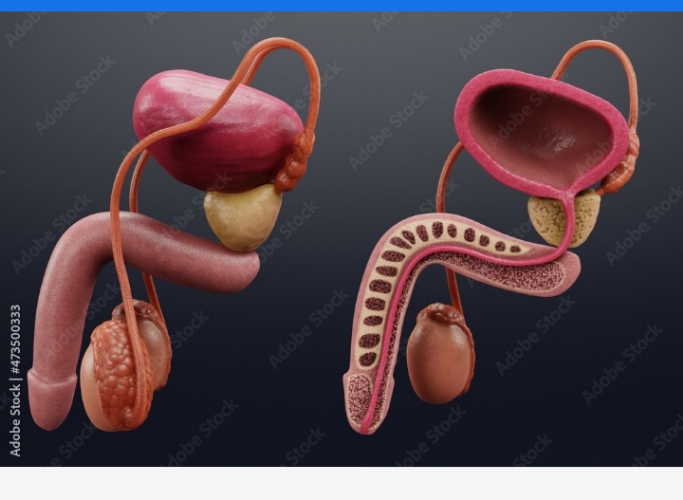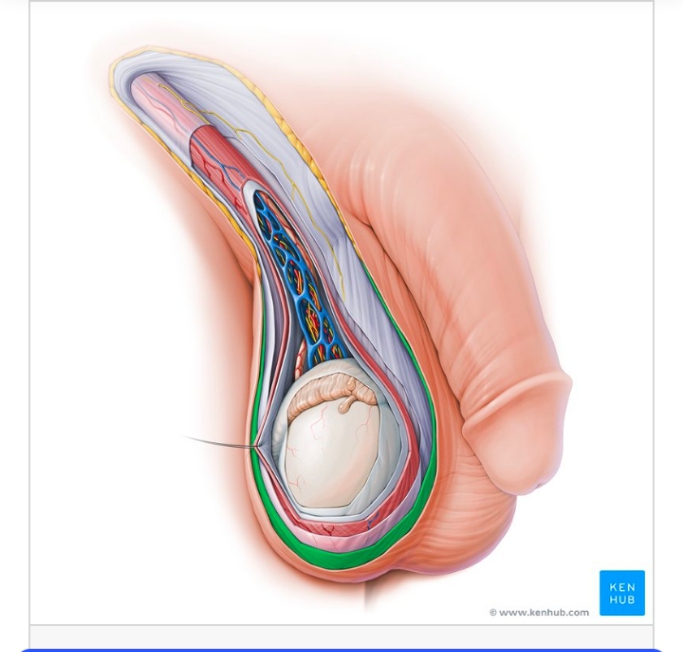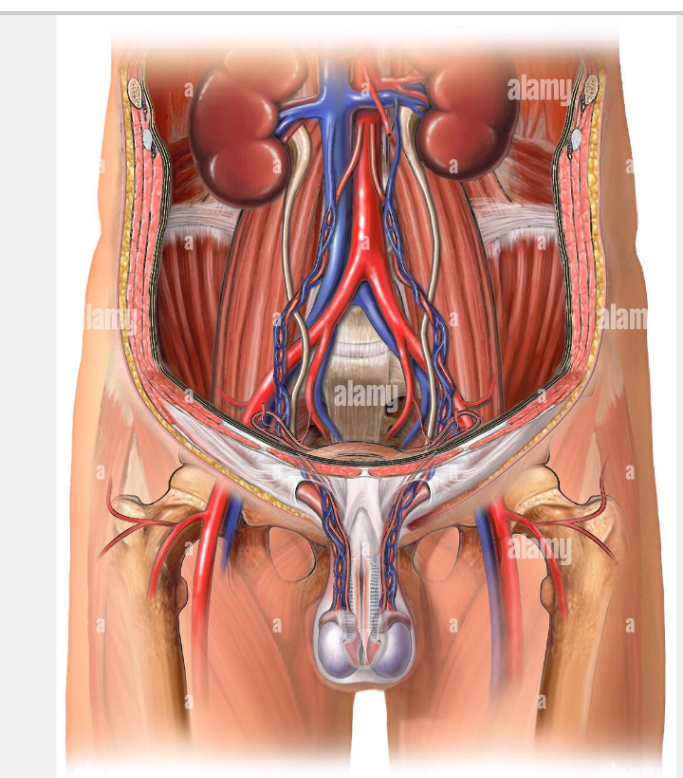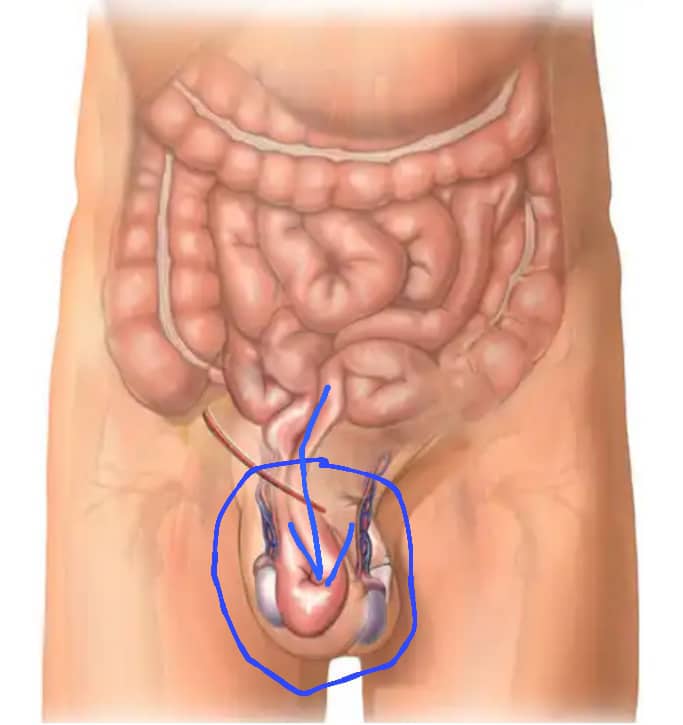Hernia surgeries and male infertility

What is a hernia?
A hernia is a protrusion of a viscous ( more usually abdominal contents) through an abnormal opening.
Most times hernias involve abdominal contents trying to protrude through the groin.
Surgical repair is the gold standard for the treatment of hernias.
Because the male reproductive organs are mostly in the groin, complications that result in damage to male reproductive organs are common

Anatomy of the male reproductive organ
This picture shows the path to sperm production in men.
The sperm cells are produced in the testis.
It travels through the connecting pipe called vas difference to the base of the bladder where a storehouse called the seminal vesicles is located.
In the storehouse, it is stored in the form of semen.
It is from this storehouse that the semen is released during sex into the vagina.

The artery supply to the testis is called the testicular artery, while vein that drains the testis is called the testicular vein.
Both artery and vein pass through the same path as the vas difference, that is they all pass through the spermatic cord.
This spermatic cord which now contains the vas difference, the testicular artery, the testicular veins and some nerves ; now pass through the groin (inguinal canal) to the testis.
With this, the testis can now get it’s desired blood supply and drainage, and sensations

Blood supply of the two testis
You can note the openings through which the spermatic cord pass from inside the abdomen to the scrotum where the testis is located.
This opening is called the inguinal canal.
Some conditions may arise in which this opening become widened, or the walls that form this opening is weak, or the pressure inside the abdomen becomes too much that some abdominal contents begins to push out through this openings.
This is called hernia.
Initially it is noted at the groin only (inguinal hernia),but when left to continue, it follows through the opening into the scrotum forming inguino-scrotal hernia

How hernia looks like
Look at how the intestine is protruding from the inguinal canal where the spermatic cord is located.
Now let’s look at the hernia surgery proper.
In the above picture, you can agree with me that during the hernia repair the following mistakes can occur.
1) Mistakenly cutting the whole of the spermatic cord and it’s contents (vas difference, testicular artery and vein, the nerves)
2) Mistakenly cutting the vas difference only.
3) Mistakenly cutting the blood supply to the testis (artery or vein)
If any of these occures, the function of the testis is permanently affected.
Some of the notable findings will include.
1)Low sperm count, especially if only one side(either left or right side). This is male infertility as only one testis will be working. Only half of the function is being done
2) Azospermia. That is no or zero sperm count.
This is the most dreaded nightmare for any man.
Remember this condition is irreversible and the man can never father a child again
Predisposing factors to having a hernia.
That is that can make one have hernia
1) Family history. Hernias can run in families.
2) Constantly Lifting of heavy loads.
3) Chronic Cough as seen in TB patients.
4) Chronic constipation
5) Urinary obstruction as seen in elderly men with prostrate issues.
6) It can also be congenital (children can be born with it)
etc
Factors that can increase increase the chances to damage spermatic cord during surgery.
1) If the hernia is big especially if it has entered into the scrotum ( inguino-scrotal hernia).
So as a young man who wants children or still reproducing, don’t allow an inguinal hernia to progress to inguino-scrotal hernia before you come for surgery.
You are taking a risk.
Even in the best hands there are higher chances of mistakes.
2) If the hernia is recurrent, that is if the hernia reoccurs on the same side some months or years after surgery especially when you are still having children. (Insisted you do your hernia in the best hands to avoid this.
Suncel hospital is here for you)
To avoid trouble. Insist you do your surgeries at Suncel hospital where we take your Fertility into consideration and give you the best chances/or options during hernia surgery
Sign that suggest the testis is damaged during hernia surgery.
1) That side of the testis where the surgery is done will be obviously smaller than the other one.
This means it will kernalize (looks and feels like kernel when you touch it).
This usually occur if the blood vessels are cut off. There will be no more blood supply to the testis so it dies off, feeling like a kernel



